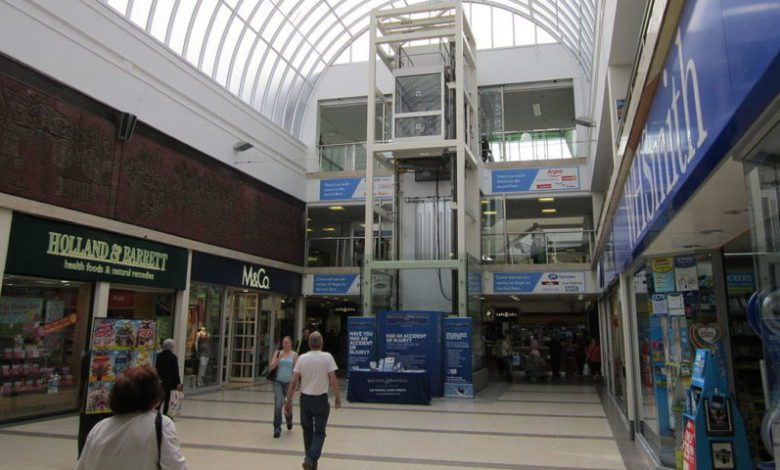Smaller shopping centres worst hit by closures

Smaller shopping centres were the worst affected by the number of store closures last year, a new study has shown.
Data compiled by retail and leisure researchers, the Local Data Company, showed shopping centres which were given a LDC Health Index Score ranking of 300 or lower saw vacancy rates rise in 2017, from 19.7% to 19.9%, while the rest saw little or no increase.
The significantly higher vacancy rate at these smaller centres is said to be driving the overall GB shopping centre vacancy rate up.
The LDC Health Index analyses over 3,000 locations (including 700 shopping centres and 1,149 retail parks) across Britain evaluating the performance and attractiveness of a location.
At the end of 2017, the vacancy rate for Britain rose by 0.2% to 11.2%, which was the first time since LDC began tracking the rates in 2012 .
Retail parks were the only retail location type to experience growth in numbers of occupied
units (+0.85%) in 2017. All other location types saw a net loss. Shopping centres saw the biggest drop in numbers (-1.88%) despite the opening of several new ones.
Lucy Stainton, senior relationship manager at the Local Data Company, said: “There is a spotlight on the UK retail landscape like never before. The ‘crisis’ on the high streets is making headlines on a daily basis – moreover this has seemingly progressed to an ‘apocalypse’ and ‘blood bath’ in some recent coverage I have seen.
“With many household names struggling, if not falling casualty of cautious consumer sentiment and the constant pressure to innovate and invest, it’s no wonder there is such a focus on our industry.”
She added: “There is no denying that retail is going through an unprecedented era of change but as our latest research highlights, it’s crucial to get underneath the overarching trends to understand the detail beneath this, giving us a glimpse of our future high street.”



